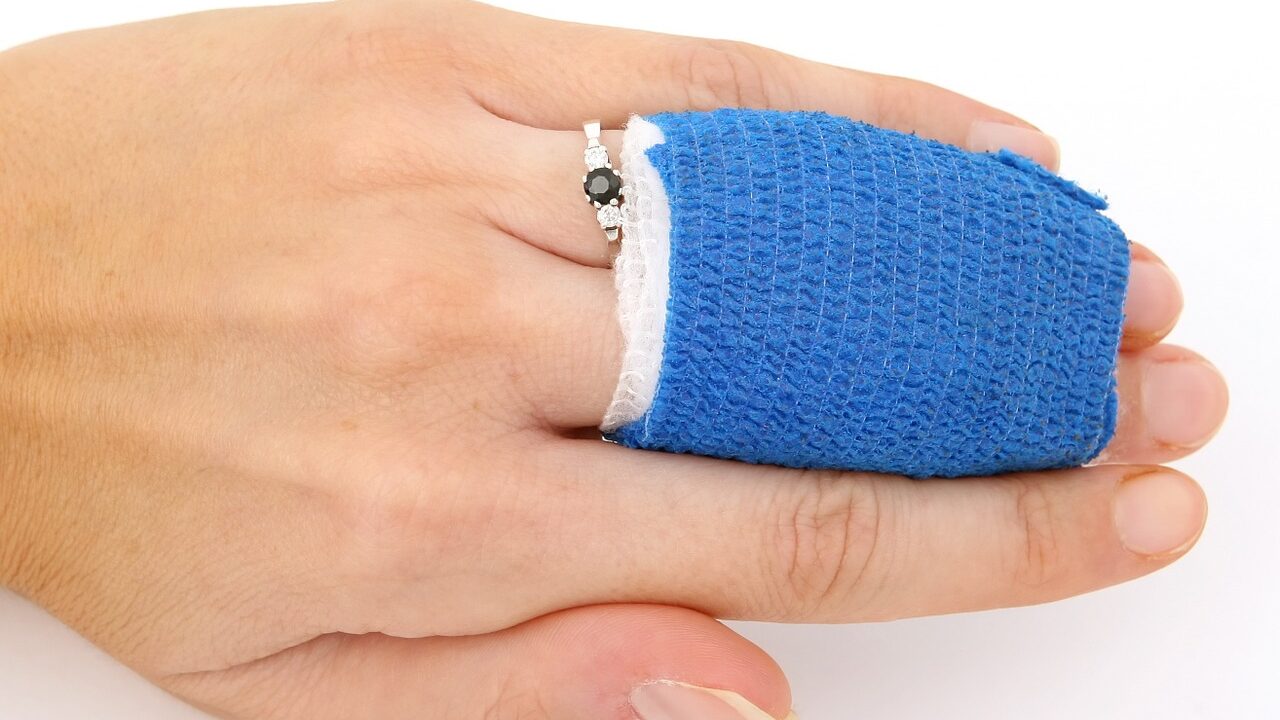Osteoporosis is a common disease that makes bones thinner, which makes them more likely to fracture. These fractures can lead to different health problems like, pain, stooped posture or trouble moving around. It is natural to lose some amount of bone density over the years, as age progresses. Which is why there are no symptoms that can signal towards osteoporosis, so how to tell if you are at risk? What is commonly expressed by the patients is back pain, a loss of height, and curving of the spine. For some people, the first sign they have is a broken bone, usually in the spine or hip. In severe cases, mundane tasks such as sitting, standing, coughing, and even hugging can lead to pain and fracture. After the first fracture, more are likely to occur. There are over 10 million cases per year in India. Which is why I have mentioned below some pointers that depict who are more likely to face this issue.

The root cause of the disease is unknown, it is even believed that it doesn’t cause any symptoms. But I have mentioned above, some commonly visible signs among the patients. Our body consistently break down old bones to rebuild them. This process is called remodelling. During childhood, our bones start getting more bigger and stronger. A person achieves peak bone mass during early to mid-30s. After a certain age, the rate remodelling process becomes slower. Osteoporosis is caused when there is an imbalance in the body due to which the degeneration of bones outplaces the rebuilding of the bones, i.e., “resorption” is more than “formation”.
Osteoporosis often starts silently and may not be suspected until a person gets a fracture. So is it important for us to pay heed to the warning signs. If you develop sudden backache or severe back pain without any obvious injury or if you break a bone after a relatively mild injury, it is time to call your doctor. Osteopenia is the term used for the midpoint between having healthy bone density and osteoporosis when your bones have weakened. So how does doctors and other medical experts diagnose this disease? They use a method called Bone densitometry. It is a standardised test like an x-ray which quickly and accurately measures the density of the bone. Another method used to measure bone health is by DEXA scan. DEXA stands for dual X-ray absorptiometry. It measures people’s spine, hip, and total body bone density to help gauge their risk of fractures.
Who are susceptible to Osteoporosis?
· People with family history of osteoporosis
· Women who had early menopause (before 45)
· People with thin and small stature
· People who previously used steroids (for thyroid, asthma, or arthritis)
· Smokers
· Alcohol consumers
· People with lack of exercise in their routine.
· People who are severely calcium deficit
· People with certain ethnical background (mainly Caucasian and oriental women)
When it comes to prevention, I believe that extra preventive measures should be taken by people who have family of osteoporosis and women. A research paper published in the Journal of Clinical Medicine Research on 1st April 2017 titled “Gender disparities in Osteoporosis”, stated that women aged 50 years or older have four times higher rate of osteoporosis and two times higher rate of osteopenia compared with men. Although it is impossible to completely reverse osteoporosis, there are ways to manage it. So, if you feel sudden pain or loss of height, I suggest you go see a doctor straight away. The goal of the doctor would be to prescribe medication which will help your bones stay healthy and strong. However, there are other measures we can take which will help us battle against this anomaly.
Routine changes
· Exercise daily
· Take exposure to sun
· Be active
· Avoid smoking
· Reduce alcohol consumption
· Have calcium rich diet
· Take vitamin D supplement
· Avoid certain drugs and steroids
· Get bone density regularly checked
Dietary changes
· Consume protein in the form of Dal, Egg, Fish, and Meat
· Consume phosphorus: Brans & fiber rich food.
· Eat fruits and veggies high in potassium and magnesium.
· opt for a low sodium diet.
· Reduce the amount of caffeine consumed.
· Increase vitamin c intake, as it helps in calcium absorption
· Consume calcium rich food: such as milk and other milk products, dark and leafy vegetables, soy products, nuts, fish (Salmon and Sardine) and eggs.
· Drink 3-5 litre of water.
· Avoid acid beverages such as tea and cola.
As the disease mainly affects bones eating a calcium rich diet can be beneficial. Calcium rich food is not limited to milk products and fish. For people who are lactose intolerant or vegetarian, there are vast number of options available. Broccoli, almonds, pumpkin seeds, ladyfinger, green onion, turnip greens, avocado, coriander, beans, coconut, onion, spinach, fennel (saunf), mulberry cabbage, chikoo (sapote), sesame seeds (til), and asparagus are some examples of food with good amount of calcium.
